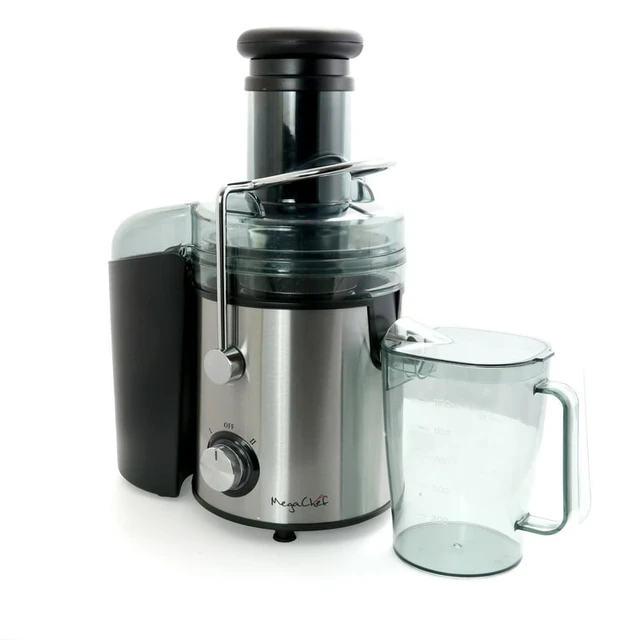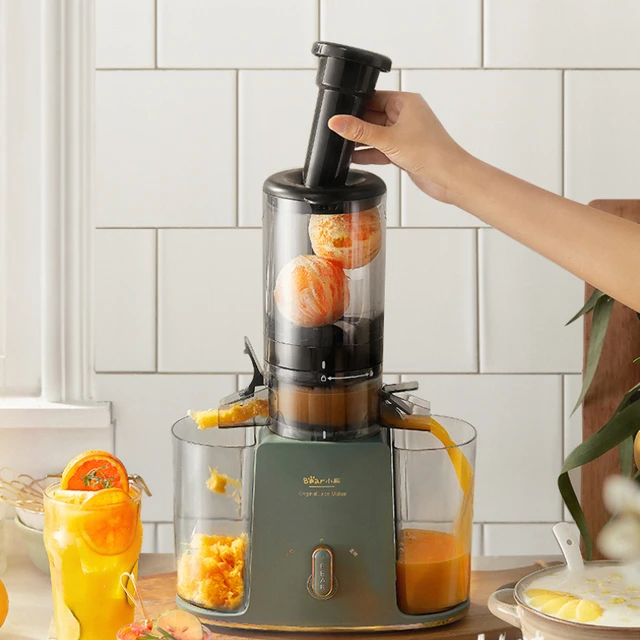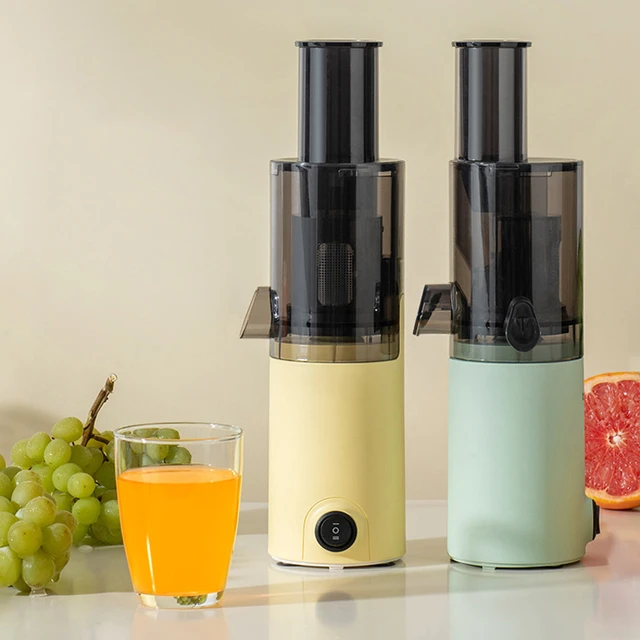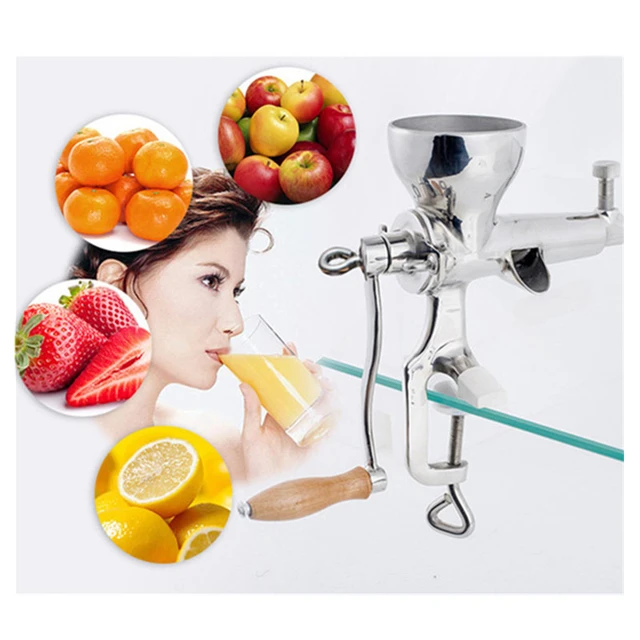
Introduction
When it comes to juicing, one of the key considerations is the ease of cleaning and maintenance of the juicer. Cleaning and maintaining a juicer can be time-consuming and tedious, so finding a juicer that simplifies this process is essential. In this guide, we will explore juicers that are known for their ease of cleaning and maintenance. We will discuss their specific features, design elements, and customer feedback related to cleaning and upkeep. By understanding these aspects, you can choose a juicer that simplifies the cleaning process and makes juicing a hassle-free experience.

Are there any juicers that are easy to clean and maintain?
Masticating Juicers with Removable Parts
1.1. Detachable Components for Easy Cleaning
Many masticating juicers feature removable parts that can be easily taken apart for cleaning. These parts include the auger, strainer, juice container, and pulp container. Being able to disassemble the juicer allows for thorough cleaning and ensures that no residue or pulp is left behind.
1.2. Dishwasher-Safe Parts
Some masticating juicers have dishwasher-safe parts, making cleanup even more convenient. Being able to place the removable components in the dishwasher saves time and effort. However, it is important to double-check the manufacturer’s instructions to ensure which parts are dishwasher-safe.
1.3. Narrow Strainer Gaps
Masticating juicers with narrow strainer gaps are beneficial for easy cleanup. Narrow gaps prevent pulp and fibers from getting stuck in the strainer, reducing the need for extensive scrubbing and rinsing. This design feature ensures that cleaning the juicer is quick and efficient.
Centrifugal Juicers with Pulp Ejection Systems
2.1. Pulp Ejection Systems
Centrifugal juicers with efficient pulp ejection systems simplify the cleaning process. These juicers automatically separate the pulp from the juice, directing it into a separate container. This makes it easy to discard the pulp, eliminating the need for manually removing it from the juicer.
2.2. Large Pulp Containers
Centrifugal juicers with large pulp containers allow for extended juicing sessions without frequent emptying. The larger capacity reduces interruptions during juicing, making the cleaning process more streamlined and efficient.
2.3. Dishwasher-Friendly Parts
Certain centrifugal juicers have parts that are safe to clean in the dishwasher. Removable components such as the strainer, juice collector, and pulp container can be placed in the dishwasher for easy and convenient cleaning. Always refer to the manufacturer’s instructions to ensure proper cleaning methods.

Citrus Juicers with Simple Designs
3.1. Minimalist Design
Citrus juicers often have a simple and minimalist design, making them easy to clean and maintain. With fewer parts to disassemble and clean, the cleaning process becomes less time-consuming. Citrus juicers typically consist of a reamer or cone, juice container, and pulp separator.
3.2. Dishwasher-Safe Components
Many citrus juicers have dishwasher-safe components, making cleanup hassle-free. The reamer or cone, juice container, and pulp separator can be placed in the dishwasher for thorough cleaning. This saves time and effort, allowing for quick and easy maintenance.
Juicers with Cleaning Tools and Brushes
4.1. Included Cleaning Tools
Certain juicers come with specialized cleaning tools and brushes to assist in the cleaning process. These tools are designed to reach the nooks and crannies of the juicer, ensuring that all residue is removed. They simplify the cleaning process and ensure thorough maintenance.
4.2. Compact Brushes for Strainers
Some juicers provide compact brushes specifically designed for cleaning strainers. These brushes have bristles that effectively remove remaining pulp and fibers from the strainer, ensuring it is thoroughly cleaned with minimal effort.
4.3. Cleaning Tool Storage
Juicers that offer storage for cleaning tools and brushes are convenient for keeping everything in one place. Having designated slots or compartments in the juicer for storing the cleaning tools ensures they are easily accessible when needed and reduces the chances of misplacing them.

Customer Feedback and Reviews
5.1. Positive Feedback on Ease of Cleaning
When researching juicers, it is important to read customer reviews and feedback regarding the ease of cleaning. Look for juicers that consistently receive positive comments about their cleaning and maintenance. Feedback from actual users can provide valuable insights into the cleaning experience and the effectiveness of the juicer’s cleaning features.
5.2. Testimonials on Quick Assembly and Disassembly
Customers often provide testimonials about the ease of assembly and disassembly of juicers. Pay attention to user experiences that mention quick and straightforward disassembly for cleaning. Juicers that are easy to take apart and put back together are more likely to simplify the cleaning process.
5.3. Reviews on Cleaning Time and Efficiency
In customer reviews, look for comments about the time it takes to clean the juicer and the overall efficiency of the cleaning process. Positive reviews that mention quick and efficient cleaning experiences indicate that the juicer is designed to minimize the time and effort required for maintenance.

Maintenance Tips and Recommendations
6.1. Regular Cleaning Routine
To ensure optimal performance and longevity of your juicer, it is important to establish a regular cleaning routine. Clean your juicer immediately after each use to prevent residue from drying and becoming harder to remove. This habit will make the cleaning process quicker and more efficient.
6.2. Rinse and Soak
Before disassembling your juicer for cleaning, give it a thorough rinse with warm water to remove any remaining juice or pulp. For juicers with stubborn stains or residue, soaking the removable parts in warm water mixed with a gentle dish soap can help loosen any buildup, making it easier to clean.
6.3. Use Cleaning Solutions
Some juicer manufacturers provide specific cleaning solutions or recommend certain cleaning products to ensure effective and safe cleaning. Follow the manufacturer’s instructions and guidelines regarding the use of cleaning solutions or specific cleaning agents to maintain the integrity of your juicer’s components.
6.4. Avoid Harsh Abrasives
When cleaning your juicer, avoid using harsh abrasives or scouring pads that may scratch or damage the juicer’s surfaces. Opt for soft brushes, sponges, or cleaning tools provided by the manufacturer to protect the juicer’s parts while effectively removing residue.
6.5. Thoroughly Dry Before Reassembly
After cleaning your juicer, make sure to thoroughly dry all the components before reassembling them. Dampness or moisture can encourage the growth of mold or bacteria, potentially affecting the juicer’s performance and compromising your health. Allow the parts to air dry completely or use a clean towel to speed up the process.

Conclusion
Choosing a juicer that is easy to clean and maintain is essential for a streamlined juicing experience. Masticating juicers with removable parts, dishwasher-safe components, and narrow strainer gaps simplify the cleaning process. Centrifugal juicers with efficient pulp ejection systems and large pulp containers eliminate the need for manual pulp removal and frequent emptying. Citrus juicers with simple designs and dishwasher-safe components are easy to clean and maintain. Juicers that include cleaning tools and brushes, as well as those with storage options, provide added convenience. Consider customer feedback and testimonials regarding the ease of cleaning and maintenance to ensure that the juicer of your choice simplifies the cleaning process and makes juicing a hassle-free experience.





